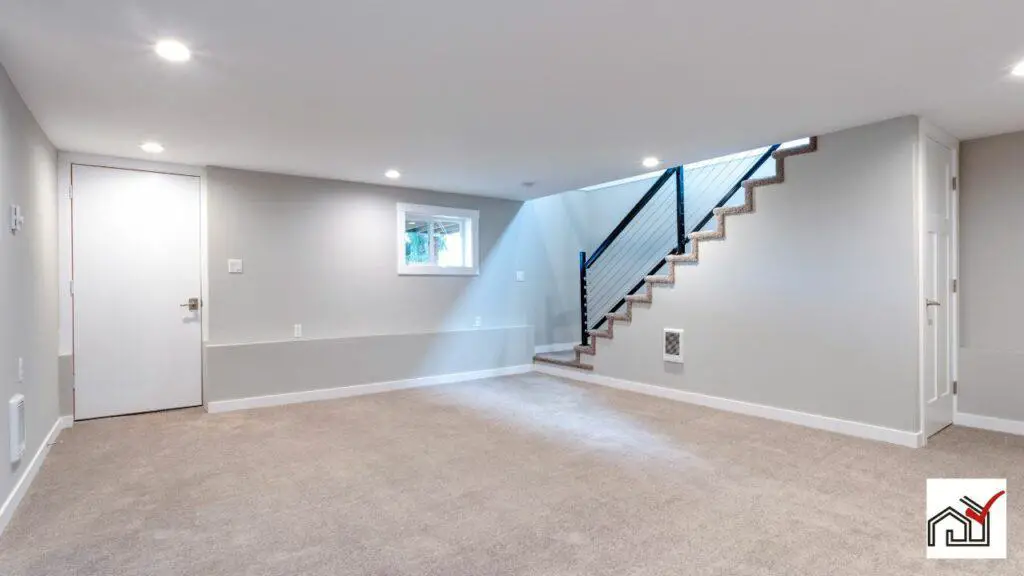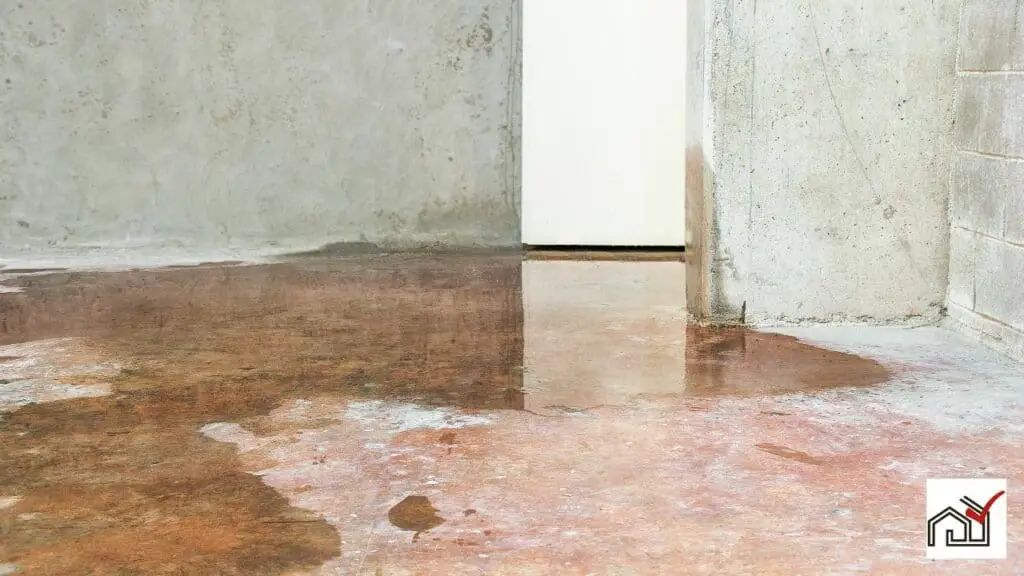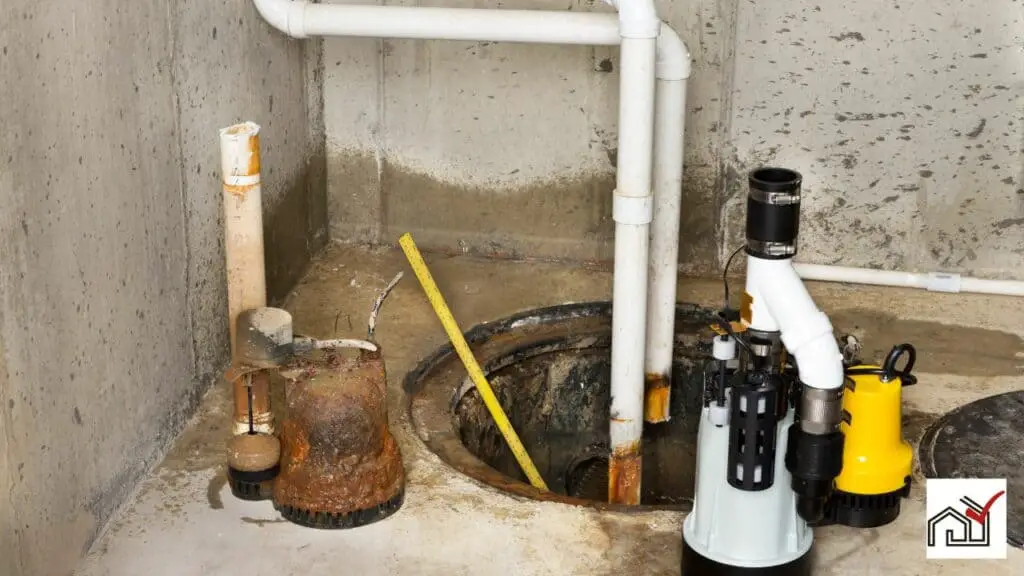Choosing the right carpet for a basement is important for both style and function. Basements tend to be cooler and more humid, so it's best to use durable, moisture-resistant materials like nylon or polyester.
Dark colors can make the space feel warmer and are better at hiding stains, while light colors can make the basement appear larger and brighter.
Textured or patterned carpets are useful for hiding signs of wear.
Selecting the appropriate carpet type and color is essential for turning a basement into a comfortable living area. Careful consideration of these elements is key to a successful design.
Understanding Basement Carpeting
Homeowners often choose basement carpeting with warm colors to counteract the cool feel of below-ground spaces and create a cozy atmosphere. The carpet selection is critical for comfort, as it must withstand basement challenges like high humidity, which can lead to mold and mildew.
Carpet tiles are a practical choice for basements because they are versatile and can be easily replaced if they become wet or dirty. They can be installed directly over concrete floors, and individual tiles can be replaced without redoing the whole floor.
It is also important to choose the right carpet pad for a basement. A moisture-resistant pad will help protect the carpet from the concrete's dampness, prolonging the carpet's life and contributing to the comfort of the room.
Regarding carpet texture, low pile or cut pile carpets are recommended for basements. Low pile carpets have shorter fibers, making them less likely to hold dust, allergens, or moisture, which helps prevent mold and mildew. Cut pile carpets are slightly more luxurious but are also durable and easy to clean.
Careful selection of basement carpet can lead to a welcoming and resilient space suitable for below-ground conditions.
Synthetic Fiber Options
Nylon, Triexta, and polyester are three synthetic fibers commonly used for basement carpets due to their moisture resistance and durability.
Nylon is durable and resilient, ideal for high-traffic areas, but it is more expensive. Its strength makes it suitable for basements with heavy use or furniture.
Triexta, a newer fiber, provides excellent stain resistance and maintains its softness over time. It also has good moisture resistance, making it suitable for basements that may be occasionally damp.
Polyester offers a wide range of colors and is affordable. It is less resilient than nylon or Triexta but has high stain resistance, which is useful for homes with children or pets. However, it tends to flatten over time, so it's better for low-traffic areas.
Carpet tiles or squares made from these fibers are beneficial for basements because they are easy to install and replace, and they resist moisture well. However, it is advisable to avoid long fibers or loop pile designs as they can trap moisture, leading to mold or mildew.
Each fiber has its advantages and disadvantages, but all are suitable for a comfortable and long-lasting basement floor.
Popular Carpet Colors
Choosing the right carpet color is essential for creating the desired atmosphere in a basement. Homeowners can choose from a range of colors, from subtle neutrals to vivid shades, to match their taste and the basement's use.
Warm colors such as beige, golden yellow, and peach are popular for basements because they create a warm and welcoming environment, especially in areas with limited natural light.
Neutral colors like white, off-white, light brown, or gray on walls offer versatility, making it easier to match with different carpet colors, flooring, and furniture. These shades can help integrate carpet tiles or wall-to-wall carpeting into the space.
Light carpet colors such as white, cream, or off-white can make a basement appear more open and bright, which helps alleviate the closed-in feeling of lower-level spaces.
To add a sense of luxury, glossy paint combined with a plush carpet can give a basement a more refined look. Alternatively, area rugs in bright colors or patterns can change the appearance of a basement quickly and are less permanent than full carpeting.
When selecting carpeting for a basement, it's important to consider both the look and function to ensure the space is comfortable and appealing.
Carpet Durability Factors
When choosing carpet for basements, consider these four main factors that affect durability: fiber type, pile construction, density, and moisture resistance.
Nylon, particularly type 6,6 nylon, is the most durable carpet fiber, capable of enduring heavy foot traffic and moisture common in basements without losing its appearance. Triexta, an alternative with better sustainability, also offers high durability and superior moisture and stain resistance.
Loop pile construction, such as that in Berber carpets, enhances durability by resisting footprints and vacuum marks, making it suitable for high-activity basements. The denser the carpet fibers, the better the carpet can resist wear, ensuring longevity in a basement setting.
Moisture resistance is essential for basement carpets. Waterproofing the subfloor with a concrete sealer is critical to prevent mold and mildew, which can reduce the flooring's lifespan. Carpet tiles are another durable option; they are easy to replace if damaged and can last as long as engineered wood or stone tile when chosen and installed correctly.
Moisture-Resistant Carpeting
Moisture-resistant carpeting is essential for basements. Synthetic fibers such as nylon, triexta, and polyester are effective at repelling water and preventing mold and mildew, which are common in basements.
Choosing the right carpet for a basement also involves matching the paint color for a cohesive look. Carpet tiles are a practical choice for damp areas because they can be easily replaced if damaged. They are available in various colors and styles, allowing for personalization.
A high-quality synthetic fiber padding is necessary for moisture-resistant carpeting. It improves comfort and air flow, reducing moisture buildup. Waterproof carpets with special backings are advisable to prevent moisture penetration and extend the carpet's life.
Preparing the subfloor is critical. A waterproof concrete sealer can guard against moisture, and a plywood subfloor with a vapor barrier may be needed for basements at higher risk of moisture.
When considering flooring options for basements, moisture-resistant carpeting is a viable choice due to its ability to handle moisture while providing comfort and style.
Maintaining Your Basement Carpet
To maintain your basement carpet, clean it regularly and control moisture to prevent mold and mildew.
- Vacuum several times a week to remove dirt and extend the carpet's life.
- Quickly treat spills to prevent stains.
- Use a dehumidifier in humid areas to reduce moisture and allergens.
- Ensure good ventilation in your basement to help with moisture control.
Professional deep cleaning is advised every 12-18 months to remove deep-seated dirt.
For damp basements, consider moisture-resistant flooring like vinyl plank or laminate.
If using carpet, prepare the subfloor with a waterproof sealer to avoid water damage.
Proper maintenance of basement carpet contributes to a comfortable and attractive living space.




